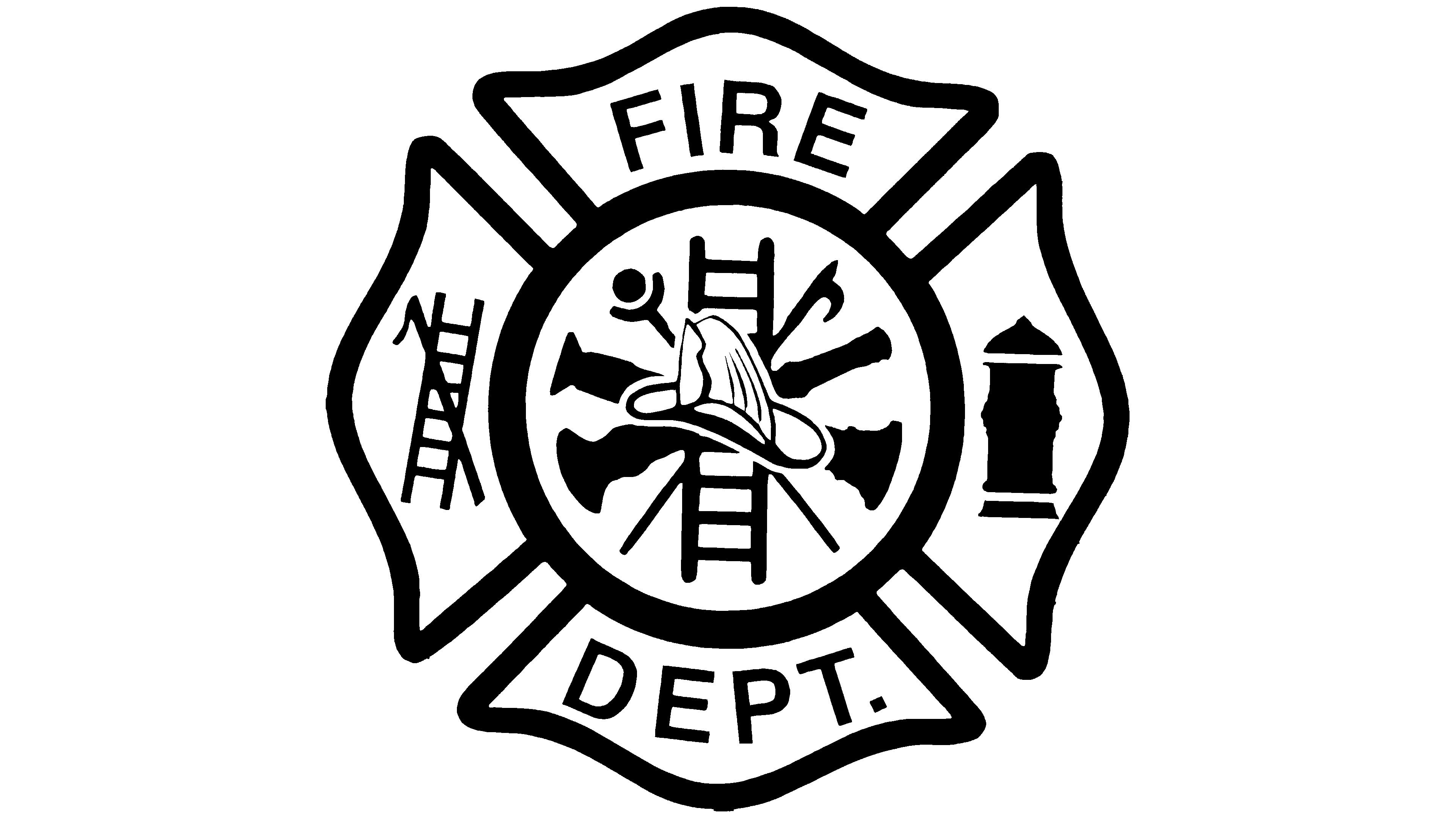11 results (out of 32977)
Sort by:
Event Coordinator
Nami Upper Valley Idaho Inc
Heritage Park, Idaho Falls, ID (2mi)
Skills:
Administrative, Communications/Marketing, Interpersonal
Causes:
Health & Medical Research, Education, Disability
Assist in planning and organizing events such as the NAMI Walks and Mental Health Symposiums. Responsibilities include coordinating logistics, managing volunteers, and ensuring successful event execution.
Mental Health Educator
Nami Upper Valley Idaho Inc
Heritage Park, Idaho Falls, ID (2mi)
Skills:
Teach, Mentor, Speak, Communications/Marketing, Healthcare/Medical
Causes:
Health & Medical Research, Education, Disability
Conduct educational sessions to increase understanding of mental health conditions and promote advocacy skills. Educators will work with community groups and schools to deliver evidence-based programs.
Tuesday Distribution Volunteer
Heart 2 Hand Bingham Food Pantry
Shelley, ID (8.7mi)
Skills:
Interpersonal, Delivery/Driving
Causes:
Poverty, Religion & Spirituality
Help fill food boxes and distribute them to those in need. This opportunity is suitable for ages 11 and up, and children must be accompanied by an adult.
Food Drive Organizer
Heart 2 Hand Bingham Food Pantry
Shelley, ID (8.7mi)
Skills:
Interpersonal, Communications/Marketing
Causes:
Poverty, Religion & Spirituality
Organize and host a food drive or help accept food drive donations at the food pantry. There are numerous positions to fill in this category.
Goods Sorting Volunteer
Heart 2 Hand Bingham Food Pantry
Shelley, ID (8.7mi)
Skills:
Interpersonal, Administrative
Causes:
Poverty, Religion & Spirituality
Help organize food onto shelves. This opportunity is suitable for ages 8 and up and is great for families.
Maintenance Volunteer
Heart 2 Hand Bingham Food Pantry
Shelley, ID (8.7mi)
Skills:
Skilled Craft or Trade, Interpersonal
Causes:
Poverty, Religion & Spirituality
Assist with various maintenance needs, from cleaning to yard work. This opportunity is great for all abilities, and volunteer hours will vary.
Community Donations Connector
Heart 2 Hand Bingham Food Pantry
Shelley, ID (8.7mi)
Skills:
Interpersonal, Communications/Marketing
Causes:
Poverty, Religion & Spirituality
Help connect with community members willing to donate food and monetary donations. This role is ideal for those with great community connections.
Food Rescue Driver
Heart 2 Hand Bingham Food Pantry
Shelley, ID (8.7mi)
Skills:
Delivery/Driving, Interpersonal
Causes:
Poverty, Religion & Spirituality
Pick up donations from various grocery stores and deliver them to the food pantry. Volunteers must have a current driver's license. Volunteer hours vary.
Food Pantry Volunteer
Giving Cupboard
153 N 3900 E, Rigby, ID (12.3mi)
Skills:
Interpersonal, Administrative, Other
Causes:
Poverty, Seniors, Veterans & Military Families
Volunteers work directly with clients, unload trucks, sort food, stock and organize shelves, and much more. This group is essential to the ongoing operations of the food pantry.
Volunteer Firefighter
Central Fire District
697 Annis Highway P.O. Box 217, Rigby, ID (14.6mi)
Skills:
Skilled Craft or Trade, Healthcare/Medical, Interpersonal
Causes:
Disaster Relief, Poverty, Veterans & Military Families
Central Fire District is searching for our next Volunteer Firefighter, is that you? The Firefighter performs a variety of unskilled, semi-skilled, and skilled duties involving fire suppression, emergency response, protection of life and property, fire prevention, and other related activities. Work is performed under close to general supervision depending upon the complexity of the task and the skills of the incumbent. This classification may provide limited work direction to less experienced employees and may temporarily act as a Fire Captain. The incumbent is required to complete a formal training program and subsequently assigned to a fire suppression squad. The incumbent is trained on various skill sets and application of equipment used in firefighting, rescue, salvage, emergency medical services, operation of fire apparatus, and equipment, public education, fire prevention, inspections and investigations. An incumbent in this classification is distinguished from those in the classification of Fire Captain in that the latter is a fire line supervisor. Depending upon assignment, duties may include, but are not limited to the following: Respond to fire, emergency medical calls, and other emergency alarms and public service calls as a member of a fire suppression company. Perform primary and secondary search procedures for fire and disaster victims. Remove and rescue trapped victims. Apply basic life support and perfume primary and secondary assessments on patients at the scene of a medical emergency to determine appropriate medical treatment. Drive fire apparatus, taking the most direct route to the incident scene, and maneuvering around obstructions as necessary for correct and safe positioning. Position apparatus at the incident scene for efficient operation, secure and maintain an adequate supply of water for hose lays, and operate pumping equipment. Ability to operate multiple vehicle types such as Fire Engine, Tow Equipment, Rescue Units, Brush Truck, Water Tender, four wheel drive apparatus and Command Vehicles. Gain access to involved structures or areas to evacuate inhabitants, lay hose lines, and assist in operating nozzles to direct streams of water on fires to control and extinguish fires. Select proper tools from a wide variety of specialized manual and power equipment in order to perform required tasks such as raising, lowering, and climbing ladders and operating equipment from attics, ladders, basements, roofs and other hazardous points. Operate rescue equipment such as hydraulic cutters and spreaders. Ventilate burning buildings to release heat and smoke, use salvage covers to prevent water damage, and overhaul operations after a fire to prevent rekindling. Check fire scene for point of origin and source of ignition, and preserve evidence which may indicate arson. Inspect and perform routine maintenance on rescue equipment, fire apparatus, hydrants, fire hoses, and other support equipment. Attend training sessions concerning, but not limited to, subjects such as modem techniques of firefighting, emergency medical services, hazardous materials and rescue techniques. Perform fire prevention functions by inspecting commercial, industrial, and residential structures. Provide assistance and information regarding fire and life safety education and other related community service programs to the public. Perform general maintenance and upkeep of fire station, including but not limited to gardening and housekeeping duties. Provide technical assistance and informally train new firefighters and volunteers on the daily operations of the job. Is subject to emergency call while off duty. Study and become familiar with the Department’s jurisdiction, e.g. streets, intersections, fire hydrants, water mains, and sprinkler systems. Confer with superior officers on policy and procedural matters. Maintain records, prepare reports, and make public and/or committee presentations. Undertake or assist with special projects, reports and studies. May assume on-call duty on a rotating basis. TOOLS AND EQUIPMENT USED Emergency medical aid equipment, fire apparatus, fire pumps, hoses, and other standard firefighting equipment, ladders, radio, pager, personal computer, telephone. PHYSICAL DEMANDS The physical demands described here are representative of those that must be met by an employee to successfully perform the essential functions of this job. Reasonable accommodations may be made to enable individuals with disabilities to perform the essential functions. While performing the duties of the job, the employee is frequently required to sit; talk or hear; stand; walk; use hand to finger, handle or operate objects, tools or controls; and reach with hands and arms. The employee is occasionally required to climb or balance; stoop, kneel, crouch, or crawl; and taste or smell. The employee must frequently lift and/or move up to 10 pounds and occasionally life and/or move up to 100 pounds. Specific vision abilities required by this job include close vision, distance vision, color vision, peripheral vision, depth perception, and the ability to adjust focus. WORK ENVIRONMENT The work environment characteristics described here are representative of those that must be met by an employee to successfully perform the essential functions of this job. Reasonable accommodations may be made to enable individuals with disabilities to perform the essential functions. Work is performed in office, vehicle, indoor and outdoor settings, in all weather conditions, including temperature extremes, during day and night shifts. Work is often performed in emergency and stressful situations. Individual is expose to hearing alarms and hazards associated with fighting fires and rendering emergency medical assistance, including smoke, noxious odors, fumes, chemicals, liquid chemicals, solvents and oils. The employee occasionally works near moving mechanical parts and in high, precarious places and is occasionally exposed to wet and/or humid conditions, fumes or airborne particles, toxic or caustic chemicals, risk of electrical shock and vibration. The noise level in the work environment is usually quiet in the office setting, and loud at an emergency scene. SELECTION GUIDELINES Formal application; review of education and experience; appropriate testing and interviews; oral interview; background check; physical agility test; drug screening; final selection. NOTE: Appointees will be subject to completion of a standard probationary period. GENERAL INFORMATION The examples of duties are intended only as illustrations of the various types of work performed. The omission of specific statements of duties does not exclude them from the position if the work is similar, related or a logical assignment to the position. The job description does not constitute an employment agreement between the Uintah Fire Department and the volunteer, and is subject to change by the Uintah Fire Department as the needs of the Department and requirements of the job change. Volunteer Category: Firefighter, EMT | Requirements: Requirements EMPLOYMENT STANDARDS Education and Experience: Equivalent to completion of the twelfth grade education, be at least 18 years of age, and possess an EMT certification at time of employment. Physical Standards: Weight in proportion to height in accordance with medical standards. Visual acuity of not less than 20/40 vision in each eye, corrected, with only mild red/greed color defects being acceptable. Knowledge of: Basic Life Support (BLS) procedures for evaluation and treatment of patients during various medical emergencies. Basic techniques on safe and proper use of tools and equipment associated with mechanical and maintenance work. Basic principles relating to flammable and combustible materials. Basic mechanical principles such as leverage, force, acceleration, friction, etc. English grammar, punctuation, and spelling. Basic math such as addition, subtraction, multiplication, and division utilizing both whole numbers and decimals. Ability to: Learn firefighting methods and techniques, the basic operation and mechanics of firefighting equipment, location of hydrants, mains, major traffic and fire hazards. Learn to drive apparatus with care and safety in accordance with traffic laws and Department regulations. Learn and maintain proficiency in Basic Life Support practices and techniques. Analyze fire and driving situations and to adopt effective courses of action. Think and act quickly in emergencies Understand and carry out verbal and written directions. Maintain effective working relationships with those contract in the course of work. Work irregular or protracted hours and to respond promptly to call-backs. Perform heavy and hazardous physical labor for extended period. Meet and maintain physical standards. Skill to: Work well with others as a team Analyze problems quickly and take appropriate action under pressure. Effectively interact with various individuals with tact and courtesy. Effectively and clearly communicate in both verbal and written formats Work under conditions of zero visibility and temperature variations with various equipment and tools. Read and interpret maps, diagrams, floor plans, and geometric figures. Required License: Possession of a valid, appropriate state of Utah Driver’s License Have or ability to obtain Idaho/NREMT certification at least: Emergency Medical Responder (EMT Basic Preferred) Have or ability to obtain certification at least: Firefighter 1 | Categories: EMT, Firefighter
Firefighter/EMT
Roberts Fire Dept
Roberts, ID (16.2mi)
Skills:
Skilled Craft or Trade, Healthcare/Medical, Interpersonal
Causes:
Disaster Relief, Poverty, Veterans & Military Families
Respond to fire and emergency scene in rural areas. Use fire suppression techniques learned in training classes | Requirements: 18 years old or older (Required for insurance) Willing to respond 24/7 Attend regular training classes held each week | Categories: Firefighter, EMT, Fundraising, Department Support
No more results to show
Copyrights © 2026 Samaritan Scout, a 501(c)(3) organization. EIN: 92-3607846




